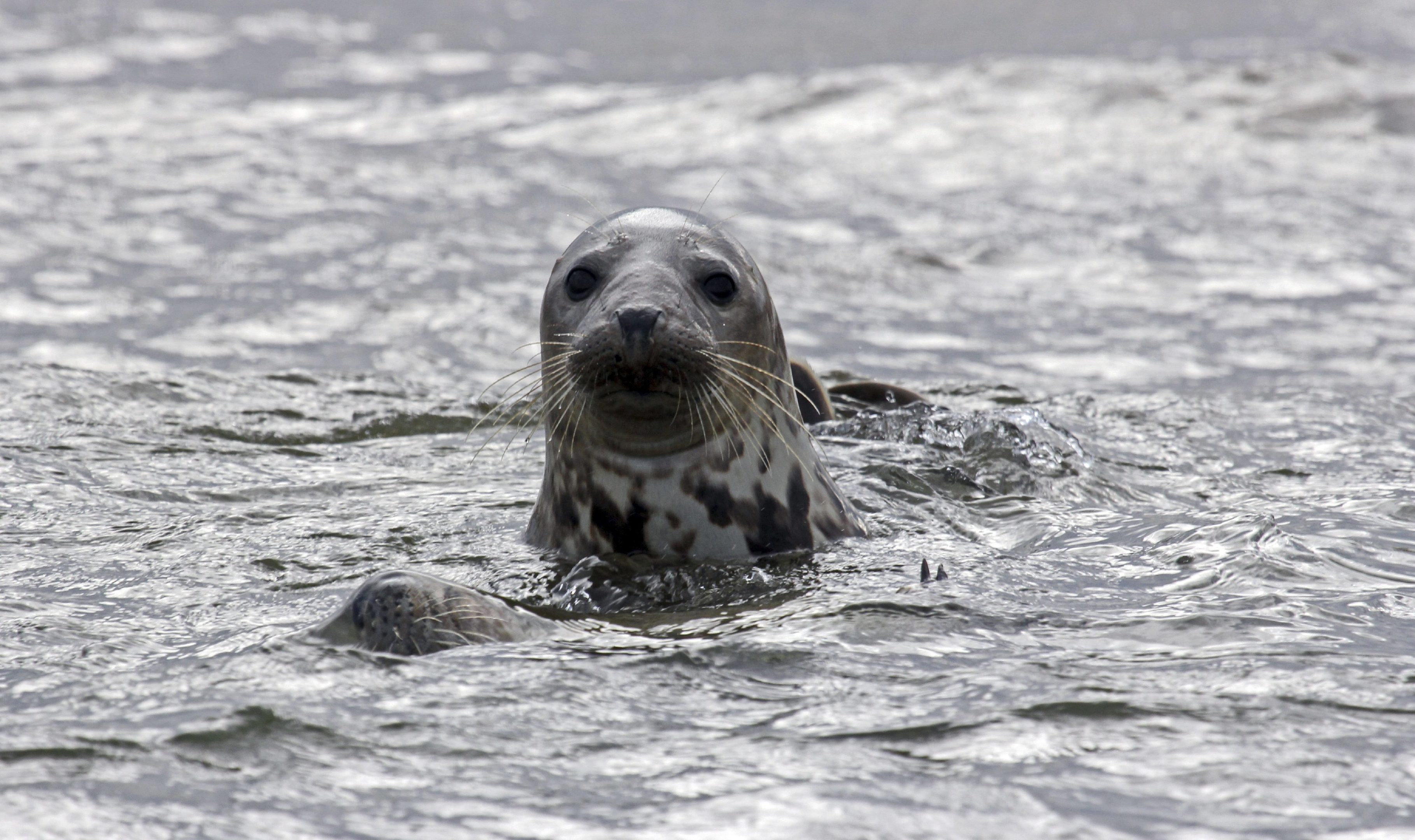Protected seals will return to areas populated by offshore windfarms, a new study has found.
A new study by St Andrews University has unveiled that seals will avoid offshore windfarms during periods when the turbines are installed using pile driving, but return to the area within a matter of hours after the process has finished.
Researchers used GPS telemetry tags on harbour seals to follow their movements during the construction of turbines out at sea.
The findings of the study concluded that seals will avoid a 20 km area when the loud hammering noise produced by piling the turbine foundations into the seabed is taking place.
The process is usually carried out over a period of several hours, however, it was also discovered that seals would not avoid windfarm sites outwith the periods of seabed construction.
The findings could have implications on the planning consent process for future marine developments.
Dr Debbie Russell from the Sea Mammal Research Unit (SMRU) at St Andrews University said: “We were able to calculate a relationship between the noise levels we expected seals to hear and the degree to which seals were excluded.
“Seals are protected by European law and our findings will be used by the regulators and the marine renewable industry to more accurately predict the effect of particular windfarms on seals.
“Furthermore, the results can also be used to minimise the effects of windfarm construction on seals.
“For example, now we have a good idea of what sound levels cause seals to be displaced, engineering solutions can be focused on reducing sound level to below the displacement threshold.
“In addition, the results of this study should inform the construction schedule of windfarms to minimise impact of seals. It is essential to have breaks in piling that allow seals to forage and travel unhindered.”










